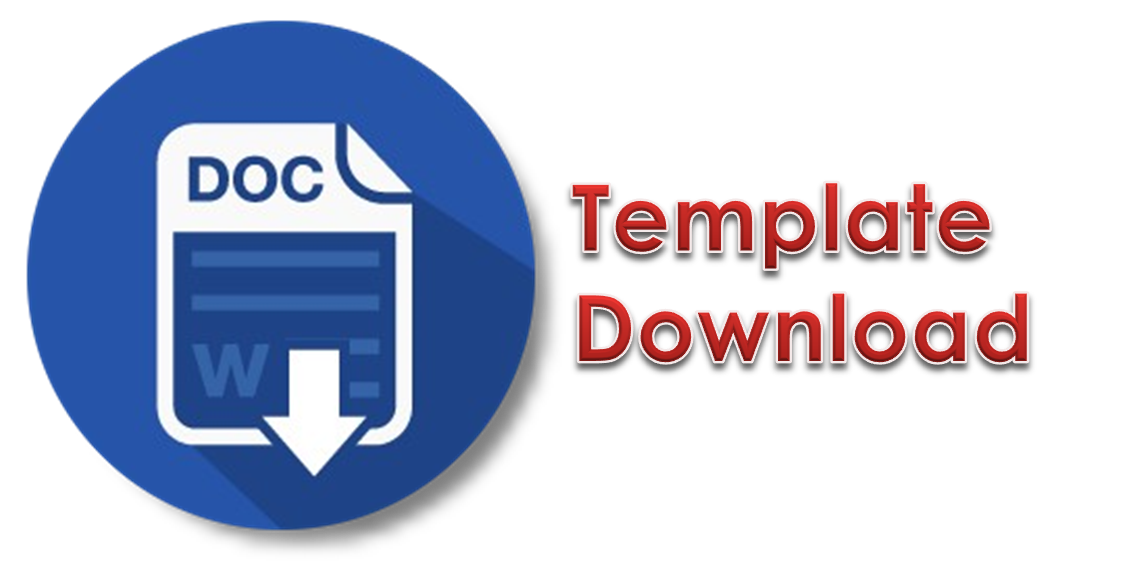Kecemasan sosial dan intensitas penggunaan media sosial pada remaja
Abstract
Social media is a medium that helps humans interact with other humans. People with social anxiety avoid social situations such as appearing in public, interacting with new people and expressing opinions in public. Individuals with social anxiety feel afraid and anxious about other people's negative thoughts on him. This study was conducted to examine the correlation between social anxiety and duration of social media use. The subjects in this study were 88 social media users, the scale was distributed via the Google form. This study shows that there is a positive relationship between social anxiety and the duration of social media use, with the results of the correlation test as follows r=0.609; p=0.000.
References
Al Aziz, A.A. (2020). Hubungan antara intensitas penggunaan media sosial dan tingkat depresi pada mahasiswa. Acta Psychologia, 2(2), 92-107.
Alwisol. (2007). Psikologi kepribadian. UMM Press.
Azka, F., dkk (2018). Kecemasan sosial dan ketergantungan media sosial pada mahasiswa. PSYMPATHIC : Jurnal Ilmiah Psikologi, 5(2), 201-210.
Dalila, F., dkk. (2021). Hubungan antara intensitas penggunaan media sosial instagram dengan harga diri. Jurnal Psikologi Malahayati, 3(1), 47-55.
Diniari, N. K. S. (2016). Durasi penggunaan media sosial dan kecemasan pada mahasiswa Fakultas Kedokteran Universitas Udayana, Bali. Simdos: Universitas Udayana.
Dobrean, A., & Păsărelu, C.R. (2016). Impact of social media on social anxiety: A systematic review.
Menon, D., & Meghana, H.R. (2021). Unpacking the uses and gratifications of Facebook: A study among college teachers in India. Computers in Human Behavior Reports.
Najah, L.N., dkk. (2021). The effect of social media use intensity on anxiety, depression and stress level during COVID-19 pandemic outbreak. International Journal of Nursing and Health Services (IJNHS).
Nevid, S., Rathus, A. & Greene, B. (2005). Psikologi abnormal. Erlangga.
O’Day, E.B., & Heimberg. R.G. (2021). Social media use, social anxiety, and loneliness: A systematic review. Computers in Human Behavior Reports.
Octavia, R.R., dkk (2020). Intensitas penggunaan media sosial ditinjau dari kebutuhan afiliasi pada siswa-siswi kelas XI SMA Panca Budi Medan. Jurnal Penelitian Pendidikan, Psikologi dan Kesehatan (J-P3K) 1, (3), 182-189.
Pilkionienė, I., Širvinskienė, G., Žemaitienė, N., & Jonynienė, J. (2021). Social anxiety in 15–19 year adolescents in association with their subjective evaluation of mental and physical health. Children, 8(9), 737.
Sariwulan, T., dkk (2019). The impact of the intensity of social media use, self confidence, and time management on procrastination of thesis preparation in s1 students of Faculty of Economics, State University of Jakarta. International Conference on Humanities, Education, and Social Sciences.
Silmi, Z.K., Dkk (2020). Correlation of intensity of use of social media with the level of social anxiety in adolescents. Midwifery and Nursing Research (Manr), 2(2).
Soliha, S.F. (2015). Tingkat ketergantungan pengguna media sosial dan kecemasan sosial. Jurnal Interaksi, 4 (1).
Sugiyono. (2009). Metode penelitian kuantitatif kualitatif dan R&D. Alfabeta.
Trikandini, A. & Kurniasari, L. (2021). Hubungan intensitas penggunaan media sosial dengan tingkat kecemasan pada mahasiswa UMKT. Borneo Student Research. 3, (1).
Utomo, S.F.P. dkk (2021). Hubungan social media addiction dengan tingkat depresi pada siswa SMK. Jurnal kesehatan Al-Irsyad, 14, (1).
Vankar, G.K. (2004). Social anxiety in adolescents. Indian Journal of Psychiatry.
Wiganti, D.G., & Nurhayati, S.R. (2021). Pengaruh kecemasan komunikasi terhadap intensitas penggunaan media sosial pada individu di usia emerging adulthood. Acta Psychologia, 3, (1), 46-51.
Copyright (c) 2022 Dimas Agil Permadi

This work is licensed under a Creative Commons Attribution-NonCommercial-ShareAlike 4.0 International License.



















